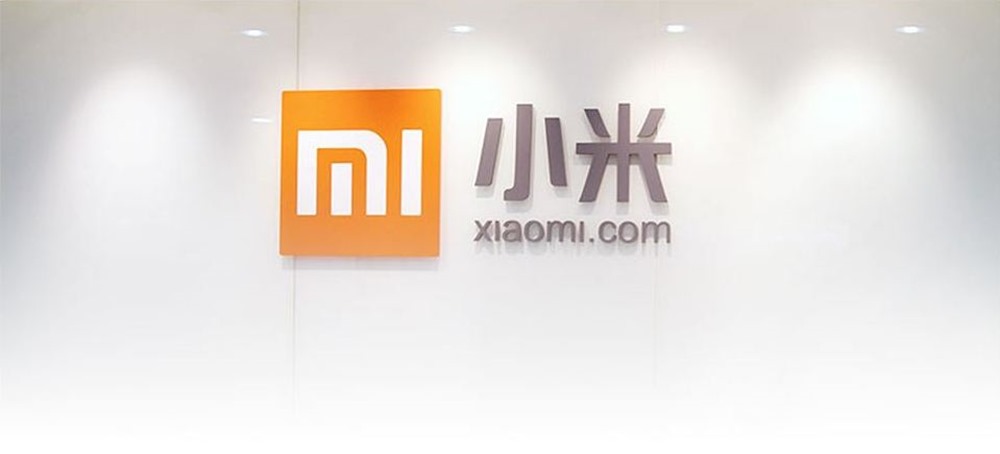Xiaomi Overtakes Samsung, Apple To Become India’s Most Preferred Smartphone Brand; Micromax, Lenovo Are Least Preferred

Leading technological intelligence portal Strategic Analytics has revealed that India’s most preferred smartphone brand for 2017 is Xiaomi. Thereby, Xiaomi has beaten established players like Samsung, Apple in this cut-throat fight to dominate Indian smartphone market.
At the same time, traditional phone brands such as Micromax, Lenovo and Motorola has slipped down in preferences, if we believe the findings of the report. Worst hit is Micromax because only 2% of the surveyed audience will purchase a Micromax smartphone in near future.
Xiaomi Overtakes Apple, Samsung in India?
Xiaomi, which suffered the humiliation of being blamed for supplying sub-standard chipsets, and which absorbed the shock of their star VP Hugo Barra’s exit early this year, is still the most preferred smartphone brand in India.
As per the findings of the report, Xiaomi is right now commanding a market share of 16% in Android users (as per Strategic Analytics’ own data set), whereas Samsung is commanding 18% share to become #1 existing brand.
However, when it comes to the question of buying their next Android smartphone, then a massive 26% share goes to Xiaomi, compared to 12% preference to Samsung and 12% preference to Apple smartphones.
Comparably, Lenovo and Motorola, both are commanding 11% existing market share, but only 6% and 7% of preference went to these brands, respectively, for the next purchase of a smartphone.
Shockingly, only 2% of the users surveyed said that they will purchase a Micromax smartphone, and only 9% of the user base currently uses a smartphone from this brand.
The Real Reason For This Shift In Preference
As per experts, Indian smartphone users’ preference has now shifted from camera quality, megapixels, screen resolution to network speed and processor performance.
This means that superficial properties of a smartphone are now being ignored, as the need for the better technological platform is dominating the need of users. And sadly, most of the smartphone brands right now are focussing only on the aspects of ‘selfie pictures’ and ‘dual cameras’.
David Kerr, Senior Vice President at Strategy Analytics said, “Indian Android smartphone owners are tech savvy with definite brand preferences and specification requirements.”, adding, “Clearly a pool of dissatisfaction exist which One Plus, Xiaomi and others are stepping in to address. With Nokia reentering the market this month, a powerful emotive brand will be added as an option to those dissatisfied with the current status quo. Micromax, as well as Sony, LG, Lenovo and Motorola, have cause for concern.”
Another very interesting observation from the report: More than 50% of Indian users are looking forward to purchasing a new smartphone in the range of Rs 10,000 to Rs 20,000; whereas only 6% will buy a smartphone costing more than Rs 35,000.
As per the report, Xiaomi has grown at a rapid rate of 125% year on year, thereby capturing 10% of the smartphone market.
We had already reported that Xiaomi has sold 20 lakh units during Q3 2016, thereby registering a massive 150% annual growth.
Which shall one be your next smartphone? Xiaomi, Samsung or Apple? Do let us know by commenting right here!

don’t know about apple but in this day because xiaomi has a huge marketing sale in our India..
Its surely a great and surprising news to Xiaomi but its very sure that Apple will look to over take, since they have more users in hand.
No Matter Indian or Chinese products– Hard work, Quality and perseverance had paid. good for you Xiaomi.
Will buy only a mobile phone with minimum 6gb RAM, 2 ghz snapdragon 820/821/835 chipset, full hd resolution, 6 inch screen, 4000 mAh battery, dual SIM (not hybrid SIM tray), 256 gb expandable SD card storage, OTG, Volte, any decent camera resolution, latest OS and prefarably 5G ready.